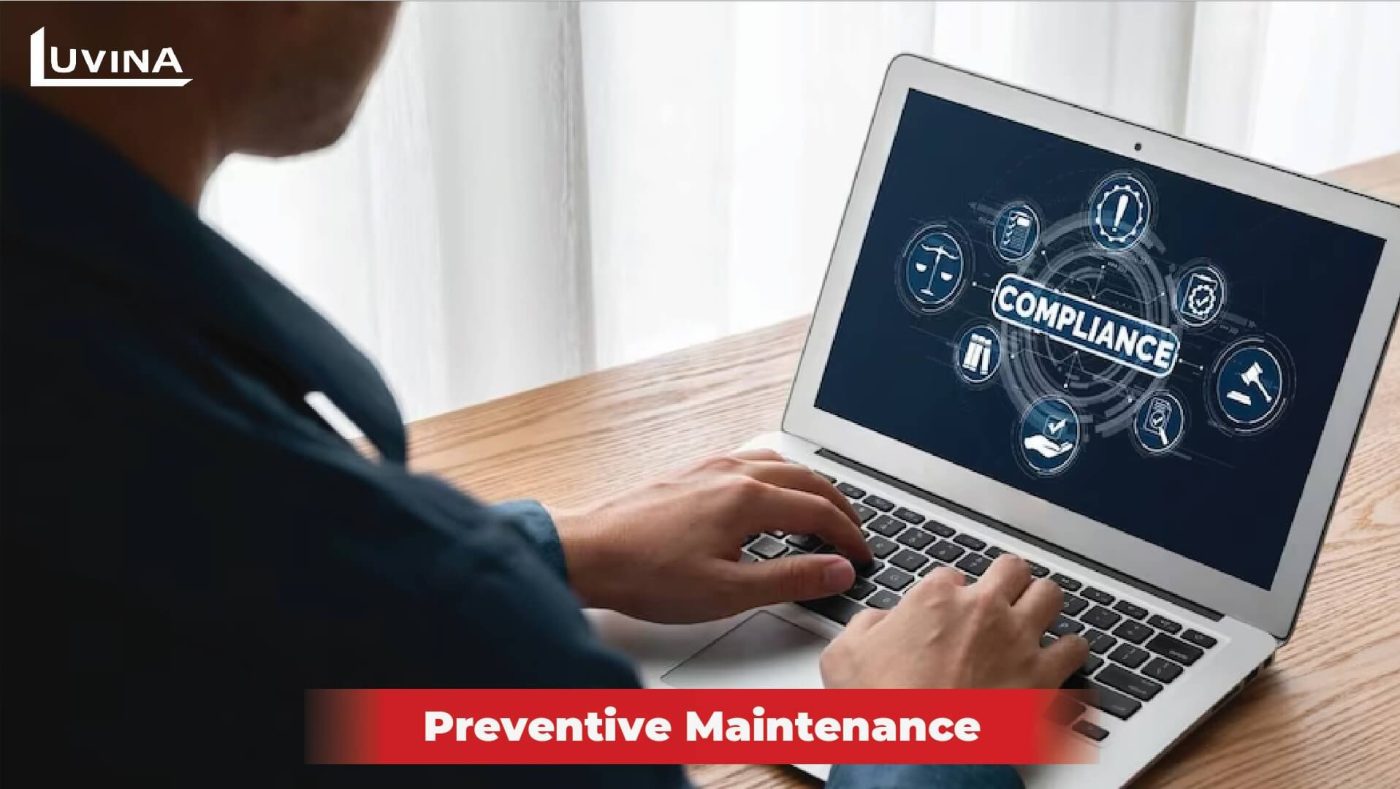Embarking on the journey of software development isn’t merely about creating innovative applications. It’s also about the ongoing care and attention these digital solutions demand throughout their existence. Enter software maintenance—an indispensable aspect that ensures software remains robust, secure, and aligned with evolving demands. In this comprehensive guide, we explore the intricate world of software maintenance and its various types. Join us as we delve into the nuanced art of sustaining software excellence throughout its lifecycle.
Software maintenance comprises different types, each addressing specific aspects of maintaining and improving software applications throughout their lifecycle. Here are the primary types of software maintenance:
Corrective Maintenance
Corrective maintenance primarily deals with rectifying defects or issues encountered after deploying the software. Its primary focus lies in:
– Objective: Addressing and fixing defects or issues discovered post-deployment.
– Focus: Resolving bugs, errors, or malfunctions that affect the software’s functionality.
This type specifically involves:
– Identification: Identifying and analyzing bugs and errors reported by users or discovered through internal testing.
– Resolution: Fixing bugs by modifying code, replacing faulty components, or applying hotfixes.
– Verification: Testing and verifying bug fixes to ensure that the software’s functionality is restored to its optimal state.

Evolving with Adaptive Maintenance
Adaptive maintenance steps in when changes occur in the software’s surroundings. This type focuses on adapting the software to changes in its environment. Here’s the focus:
– Goal: Tweaking the software to align with shifts in the operating environment or platforms.
– Focus: Ensuring the software plays nice with new hardware, software, or regulations.
What’s involved?
– Hardware and Software Tweaks: Adjusting the software to gel with new operating systems, hardware updates, or software components.
– Regulatory Updates: Making sure the software toes the line with new rules or industry standards.
– Partnering Up: Seamlessly integrating the software with fresh third-party apps or services.
Perfective Maintenance: Elevating Software Excellence
Objective: Boosting Software Brilliance
Perfective maintenance is all about taking your software from good to great. It’s like giving your car a turbo boost for smoother rides. Here’s what’s on the to-do list:
– Goal: Ramp up the software’s performance, make it more user-friendly, or level up that user experience to wow status.
– Focus: Think of it as adding some extra shine to your software gem – adding new cool stuff, tweaking the existing goodness, and making it all work faster and smoother.
Here’s the game plan:
– Feature Power-Up: Imagine adding features that make users go “Wow!” – stuff that simplifies their lives, makes things run smoother, or lets them analyze data like a pro.
– Optimization Magic: This is where we fine-tune the gears under the hood, making your software run faster, smarter, and more efficiently.
– Prettification Project: Making the interface easier on the eyes – rearranging, tweaking, and refining to ensure users feel like they’re on a first-class user experience journey.

Preventive Maintenance
In software, preventive maintenance is akin to a preemptive strike against potential issues. Its primary focus lies in warding off future problems before they emerge. Here’s how it’s executed:
Regular Code Reviews and Static Analysis: Software engineers conduct regular reviews of the existing codebase. This process involves meticulous examination to identify potential weaknesses, inconsistencies, or areas prone to errors. Static analysis tools also come into play, scanning the code for issues without executing it, allowing for early detection of potential problems.
Implementation of Automated Testing and Monitoring: Preventive maintenance heavily relies on adopting automated testing frameworks and monitoring tools. Automated tests ensure that the software functions as expected and flag any anomalies or discrepancies. Monitoring tools keep a vigilant eye on the software’s performance, swiftly detecting deviations from normal operations.
Updating Libraries and Dependencies: The software ecosystem is in a constant state of flux, with libraries and dependencies continuously evolving. Preventive maintenance involves keeping these components up-to-date and addressing known vulnerabilities or performance improvements provided by newer versions.
Code Refactoring for Maintainability: Refactoring the codebase is an integral part of preventive maintenance. By restructuring the code without altering its external behavior, developers ensure that it remains comprehensible, maintainable, and less prone to bugs or issues in the future.
Implementing preventive maintenance measures lays the groundwork for a robust and resilient software system, significantly reducing the likelihood of disruptive issues arising in the future.

>> See more: How to estimate software maintenance price
Conclusion
In the realm of software maintenance, selecting the appropriate type hinges on understanding your software’s specific requirements and immediate priorities. Should your software grapple with critical bugs, the focus might shift to corrective maintenance. On the other hand, striving to enrich user experience might elevate the significance of perfective maintenance. It’s the understanding of these nuances that guides your maintenance strategy.
However, a holistic approach to software maintenance underscores the necessity of balancing these maintenance types. A harmonious blend of corrective, adaptive, perfective, and preventive maintenance ensures that your software retains its reliability, security, and adaptability, continually aligning with the evolving demands of the business landscape.
Each facet of maintenance contributes uniquely to the software’s upkeep, each with its distinct role in fortifying the software’s reliability, security, and alignment with evolving business requisites. Often, these maintenance types intertwine or complement each other within the software maintenance lifecycle, synergistically ensuring the software’s perpetual efficacy and relevance in the ever-evolving digital landscape.









Read More From Us?
Sign up for our newsletter
Read More From Us?
Sign up for our newsletter